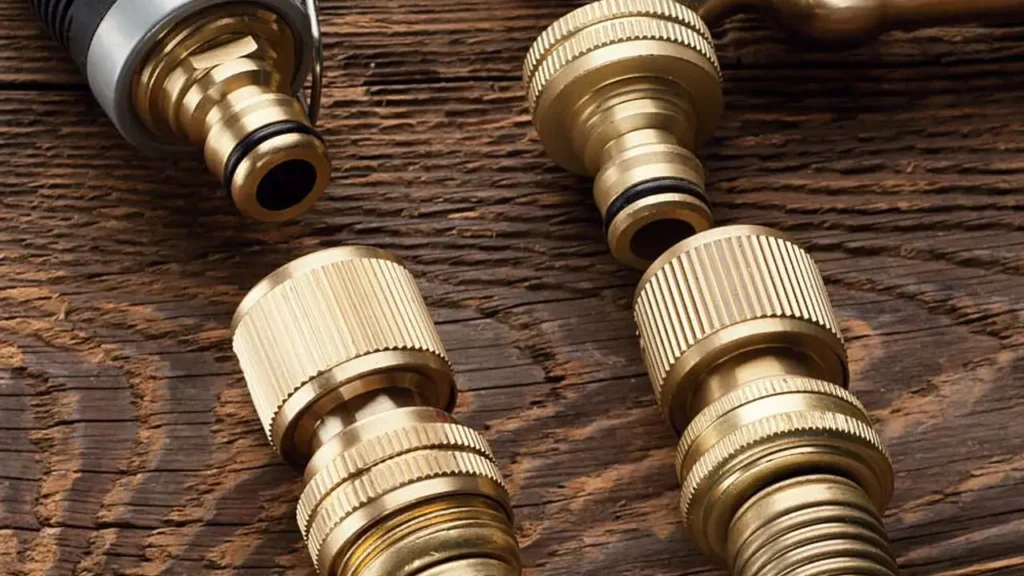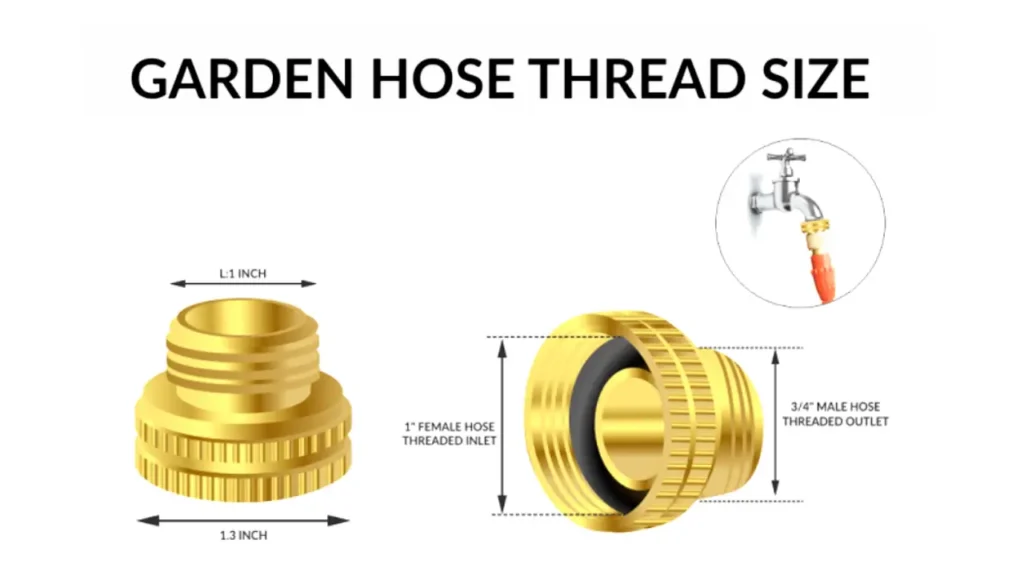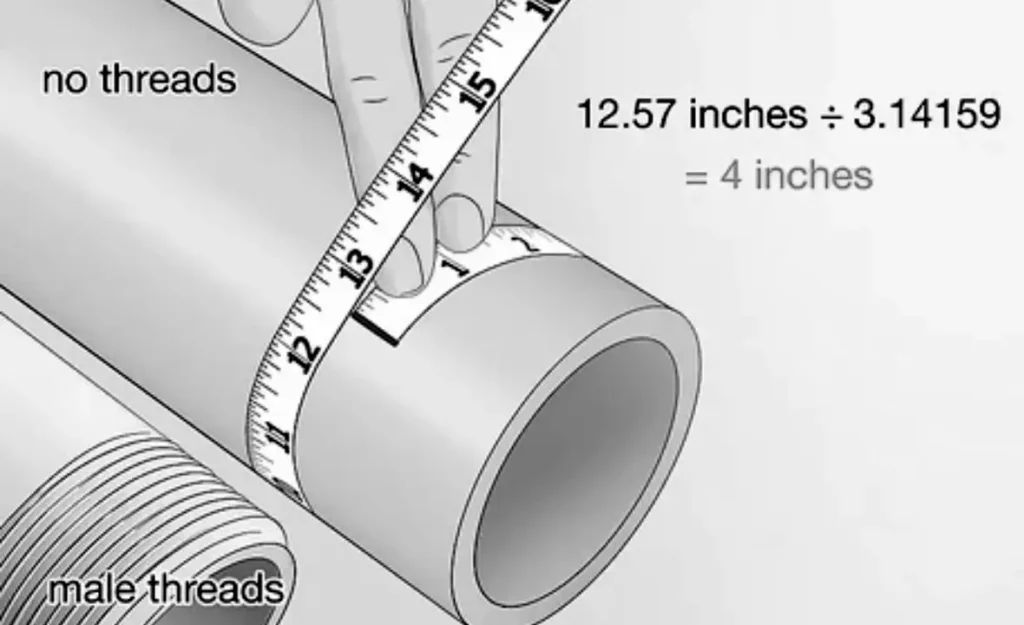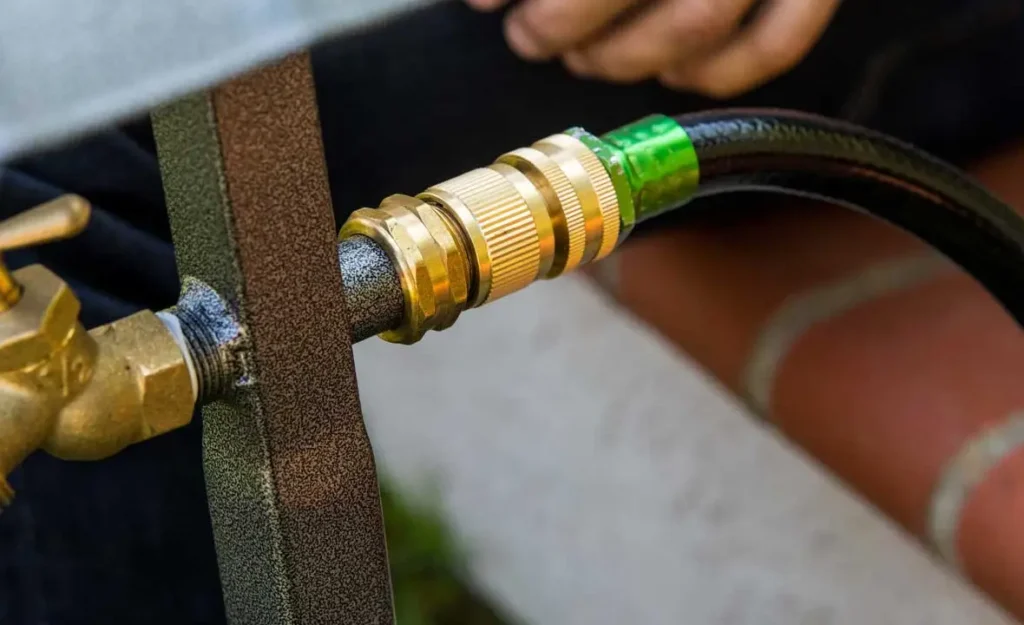Selecting the right garden hose fitting size holds great importance for any gardener. Incorrect fitting sizes often lead to leaks and poor water flow. Practical tips and guidance will help you understand what size a garden hose fits.
What Are Garden Hose Fittings?

Garden hose fittings connect hoses to spigots, nozzles, or other hoses. These fittings ensure a secure and leak-free connection. Proper fittings help maintain optimal water flow.
Common Types of Fittings
Several types of garden hose fittings exist. The most common types include:
- Male and Female Fittings: Male fittings have external threads, while female fittings have internal threads.
- Quick-Connect Fittings: These allow for easy attachment and detachment without twisting.
- Hose Couplers: These join two hoses together to extend the length.
Why Garden Hose Fitting Size Matters
Impact on Water Flow
The size of a garden hose fitting directly affects water flow. Larger fittings allow more water to pass through. Smaller fittings restrict water flow, reducing efficiency. Knowing what size is a garden hose fitting ensures optimal performance.
Compatibility with Hose and Accessories
Compatibility between fittings, hoses, and accessories is crucial. Mismatched sizes can cause leaks and poor connections. Standard sizes like 3/4 inch, 5/8 inch, and 1/2 inch are common. Ensuring compatibility prevents issues and improves functionality.
What Size Is a Garden Hose Fitting?

The most common garden hose fitting size is 3/4 inch. However, you’ll also find 5/8 inch and, less commonly, 1/2 inch fittings.
Understanding the Measurements
To ensure a tight and leak-free connection, matching the fitting size to your hose’s inner diameter (ID) is essential. Here’s a quick breakdown:
- 3/4 inch: This is the standard size for most residential and commercial garden hoses.
- 5/8 inch: While less common, you might find this size in some residential hoses.
- 1/2 inch: Primarily used for smaller hoses or specific applications.
Types of Garden Hose Fittings
Garden hose fittings come in various types, each serving a specific purpose:
- Hose connectors: Join two hoses together.
- Hose clamps: Secure the connection between a hose and a fitting.
- Hose adapters: Connect hoses of different sizes.
- Hose nozzles: Control water flow and pressure.
- Sprinkler connectors: Attach sprinklers to hoses.
Remember: The fitting size should match the hose’s inner diameter for a proper fit.
Tips for Choosing the Right Fitting
- Measure your hose’s inner diameter: This is the most accurate way to determine the correct fitting size.
- Check the fitting’s label: Some fittings have size information printed on them.
- Consider the application: Choose fittings suitable for your specific needs (e.g., high-pressure washer, sprinkler system).
- Opt for quality fittings: Durable fittings are less likely to leak and will last longer.
By following these guidelines, you can confidently select the right garden hose fittings for your watering needs.
How to Measure Garden Hose Fitting Size

Tools Needed for Measurement
Measuring Tape or Ruler
Use a measuring tape or ruler to measure the diameter of the garden hose. Place the measuring tape or ruler across the opening of the hose. Ensure the measurement spans the widest part of the opening. Record the measurement in inches.
Caliper for Precision
A caliper provides a more precise measurement. Open the caliper jaws and place them around the hose opening. Close the jaws until they touch the hose edges. Read the measurement on the caliper scale. Record the measurement for accuracy.
Step-by-Step Measurement Guide
Measuring the Hose Diameter
Measure the hose diameter first. Use a measuring tape or ruler. Place the tool across the hose opening. Ensure the measurement spans the widest part. Record the diameter in inches. This measurement helps determine what size is a garden hose fitting.
Measuring the Fitting Diameter
Next, measure the fitting diameter. Use a caliper for precision. Open the caliper jaws and place them around the fitting. Close the jaws until they touch the fitting edges. Read the measurement on the caliper scale. Record the fitting diameter.
Checking Thread Size
Check the thread size last. Inspect the threads on the fitting. Use a thread gauge if available. Match the threads to standard sizes like 3/4 inch, 5/8 inch, or 1/2 inch. Record the thread size. Knowing the thread size ensures compatibility. This step confirms what size is a garden hose fitting.
How to Choose the Right Garden Fitting Size

Matching Fittings to Hose Size
Standard Sizes and Their Uses
Garden hoses come in standard sizes. The most common sizes include 3/4 inch, 5/8 inch, and 1/2 inch. Each size serves a different purpose.
- 3/4 inch: This size offers the highest water flow. Use this size for heavy-duty watering tasks. Ideal for large gardens and commercial use.
- 5/8 inch: This size balances water flow and pressure. Suitable for most home gardening needs. Commonly found in residential settings.
- 1/2 inch: This size provides lower water flow. Best for light watering tasks. Use this size for small gardens and potted plants.
Selecting the correct size ensures optimal performance. Knowing what size is a garden hose fitting helps you make an informed choice.
Adapters and Converters
Sometimes, you need to connect hoses of different sizes. Adapters and converters come in handy. These tools help bridge the gap between mismatched fittings.
- Adapters: These devices connect hoses with different diameters. They ensure a secure fit and prevent leaks.
- Converters: These tools change the thread type or size. Use converters to match non-standard fittings.
Using adapters and converters expands your options. You can connect various hoses and accessories. Understanding what size is a garden hose fitting simplifies this process.
Material Considerations
Brass vs. Plastic Fittings
Garden hose fittings come in different materials. The most common are brass and plastic.
- Brass Fittings: Brass offers durability and strength. These fittings resist corrosion and withstand high pressure. Brass fittings last longer and provide a secure connection.
- Plastic Fittings: Plastic fittings are lightweight and affordable. These fittings resist rust but may not be as durable. Plastic fittings work well for light-duty tasks.
Choosing the right material depends on your needs. Knowing what size is a garden hose fitting helps you select the best option.
Durability and Weather Resistance
Durability and weather resistance are crucial factors. Garden hose fittings face various environmental conditions. Choose fittings that can withstand these challenges.
- Durability: Look for fittings made from robust materials. Brass and high-quality plastic offer good durability.
- Weather Resistance: Select fittings that resist UV rays and extreme temperatures. Weather-resistant fittings last longer and perform better.
Considering these factors ensures a long-lasting connection. Understanding what size is a garden hose fitting aids in making the right choice.
Common Issues and Solutions
Leaks and How to Fix Them
Leaks often occur due to worn-out fittings or improper connections. To fix leaks, first, inspect the fitting for damage. Replace any damaged parts. Use plumber’s tape around the threads to create a tighter seal. Ensure the fitting size matches the hose diameter. Knowing what size is a garden hose fitting prevents mismatched connections.
Ensuring a Tight Fit
A tight fit ensures no water escapes from the connection. To achieve a tight fit, clean the hose and fitting threads. Dirt and debris can prevent a secure connection. Apply plumber’s tape to the threads. Screw the fitting onto the hose firmly. Avoid over-tightening, which can damage the threads. Always check what size is a garden hose fitting to ensure compatibility.
FAQs
How to Identify a Worn-Out Fitting
A worn-out fitting often shows visible signs of wear. Look for cracks, rust, or corrosion on the fitting. A loose connection also indicates wear. Water may leak even when the fitting appears tight. Regularly inspect your fittings to catch wear early. Knowing what size is a garden hose fitting helps you find suitable replacements.
Can Different Brands Be Mixed?
Mixing different brands of fittings and hoses is possible. Ensure the sizes match to avoid leaks. Check the thread type and diameter for compatibility. Adapters can help bridge gaps between different brands. Always verify what size is a garden hose fitting before mixing brands. This step ensures a secure and leak-free connection.
Conclusion
Selecting the correct fitting size ensures efficient water flow and prevents leaks. Follow the steps and tips provided to measure and choose the right fittings. Regularly inspect and maintain garden hose fittings for longevity. Understanding what size is a garden hose fitting helps you achieve a secure and durable connection.




